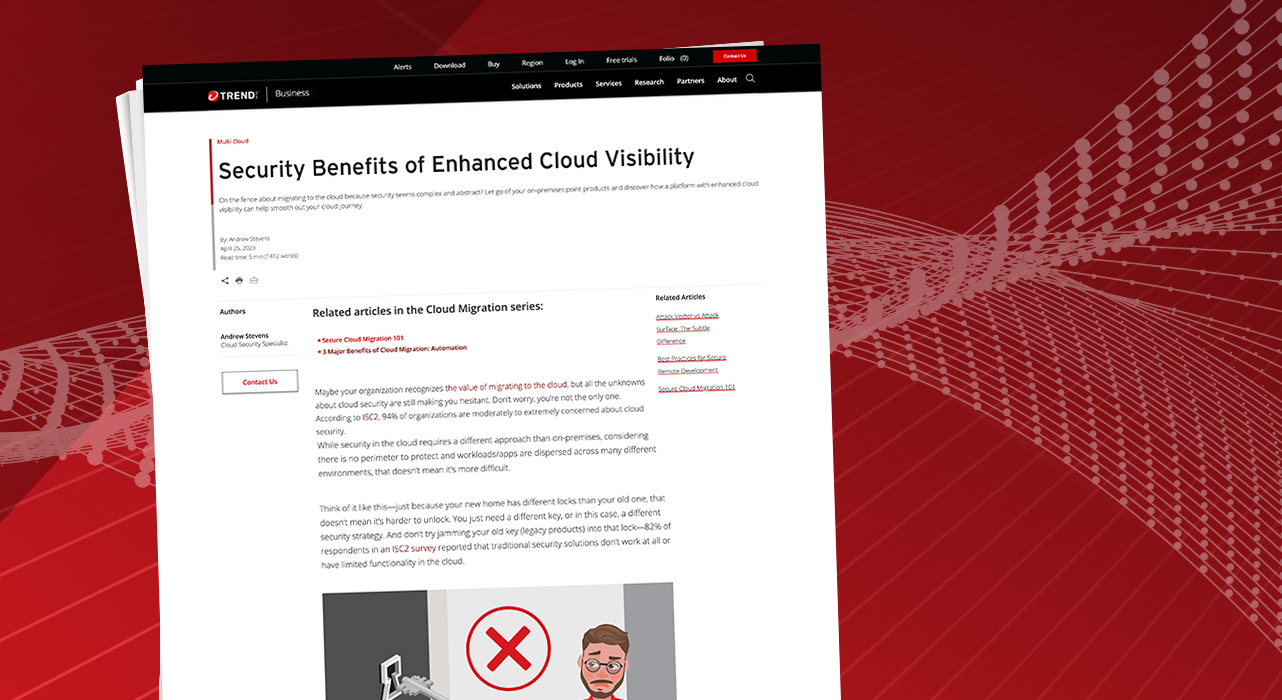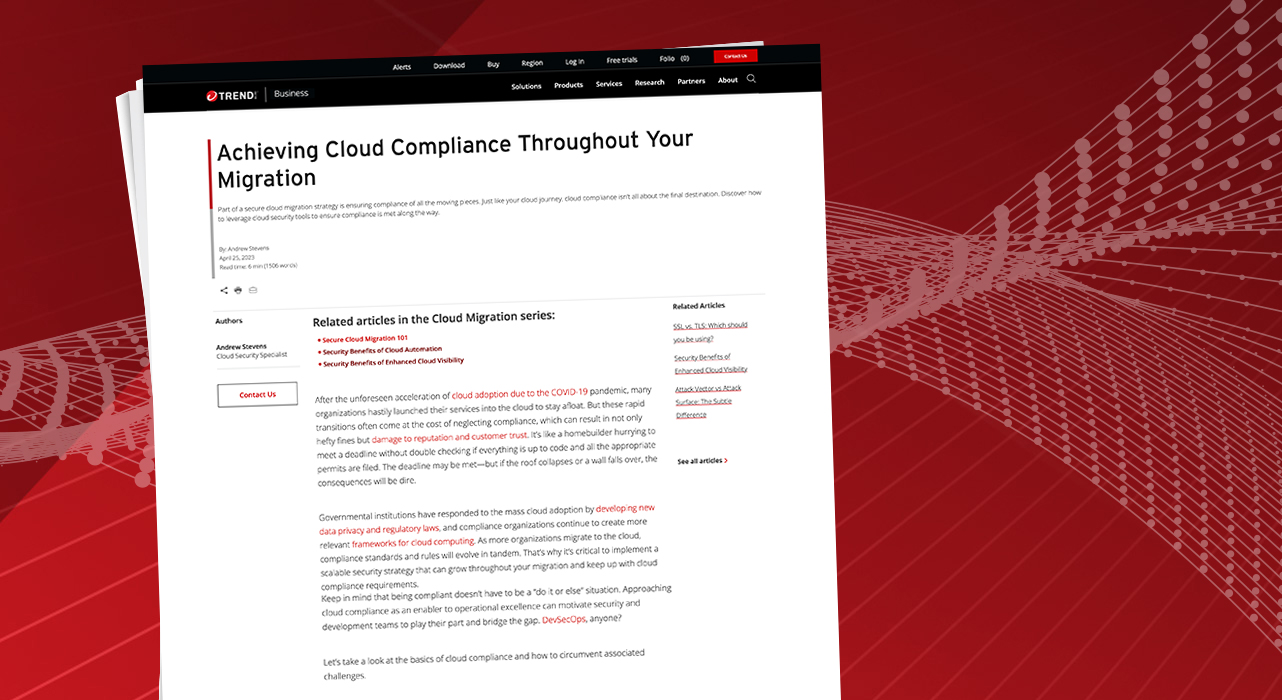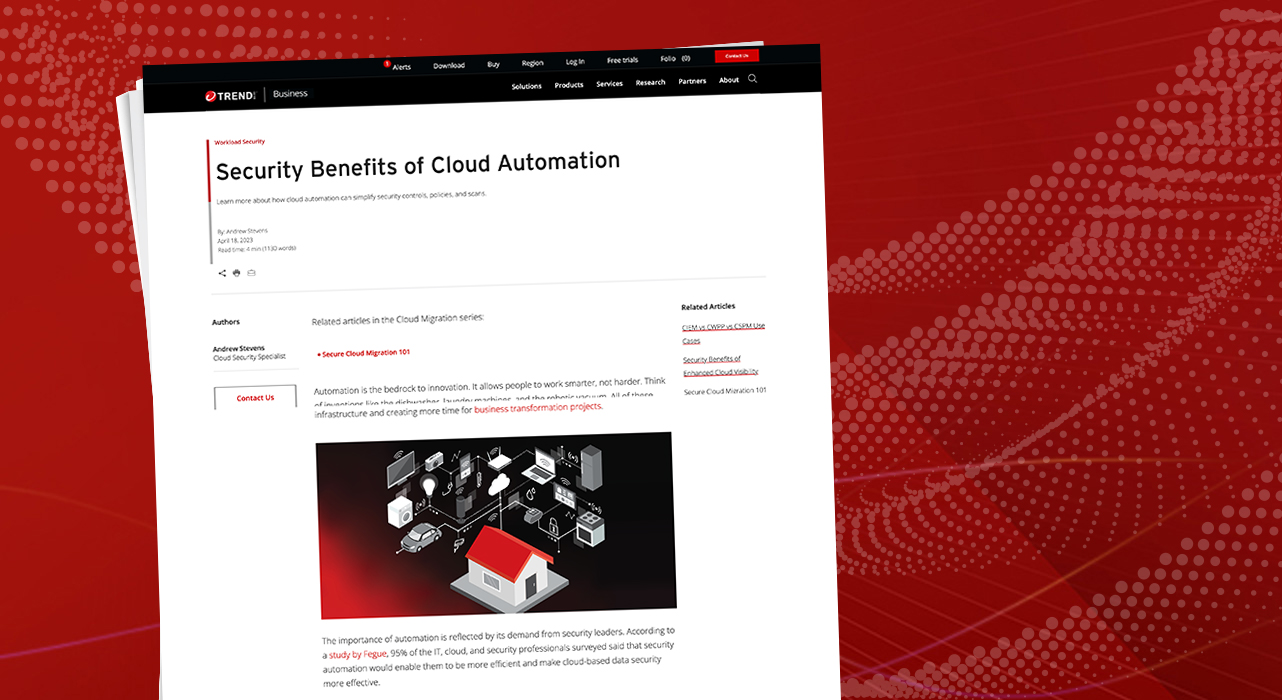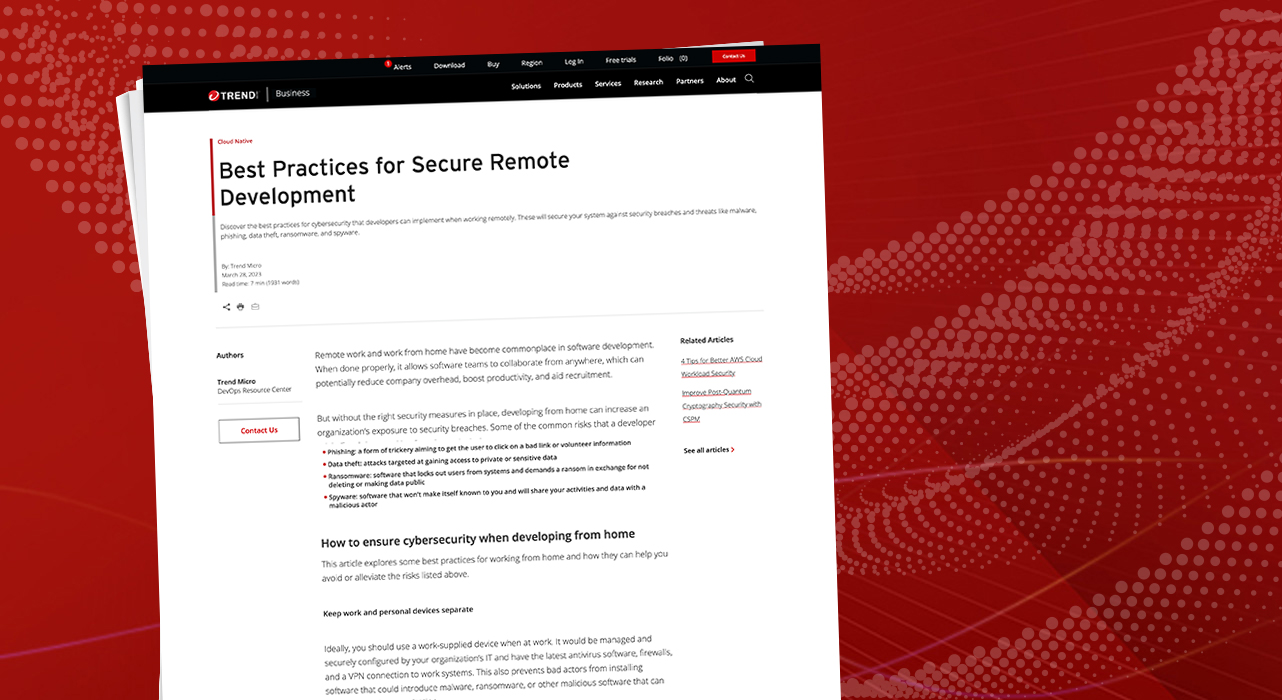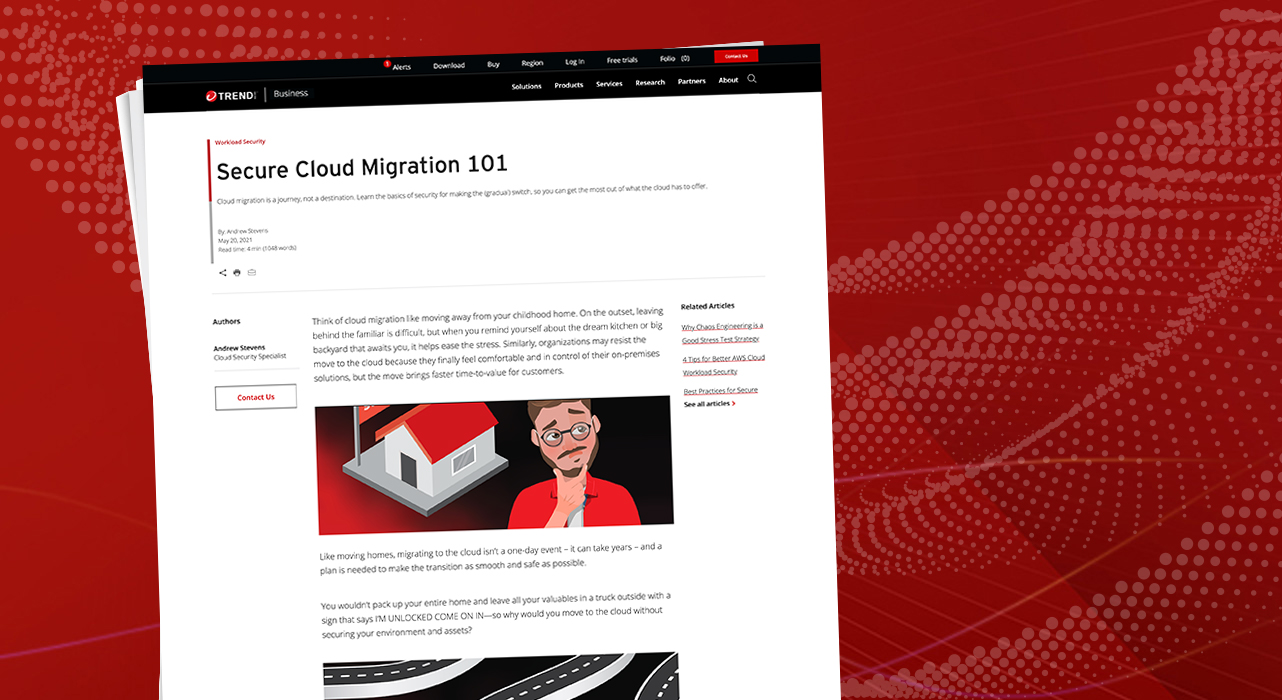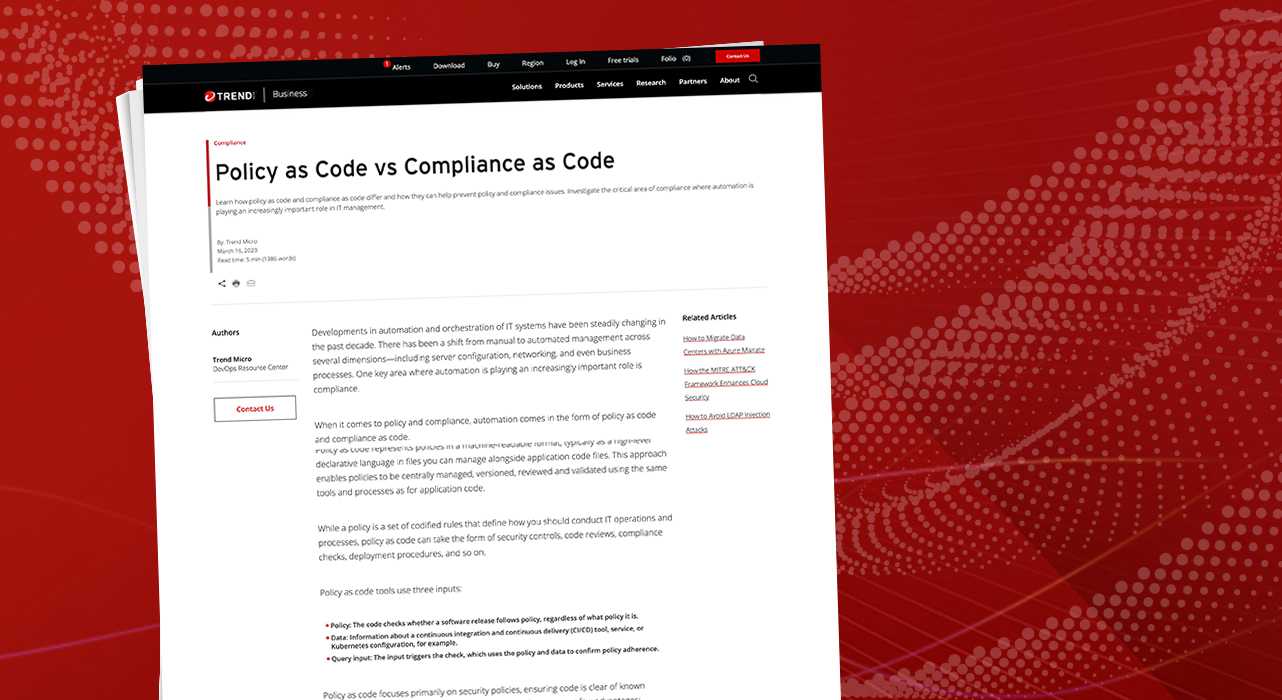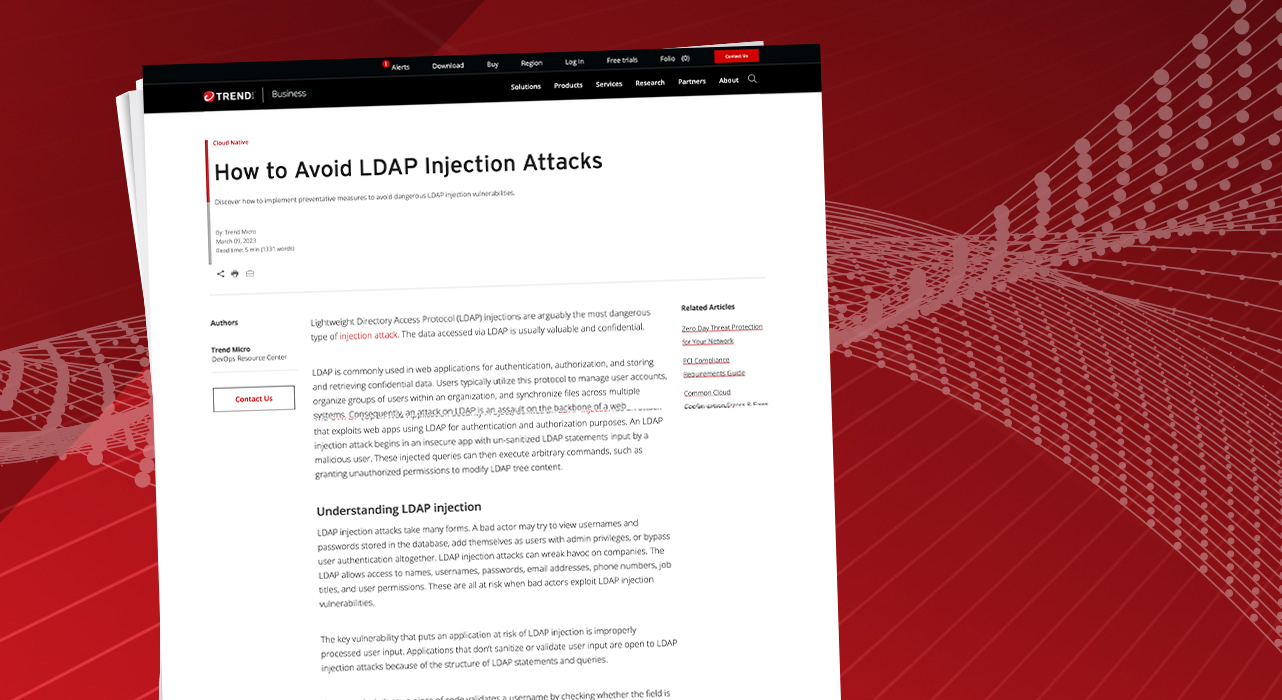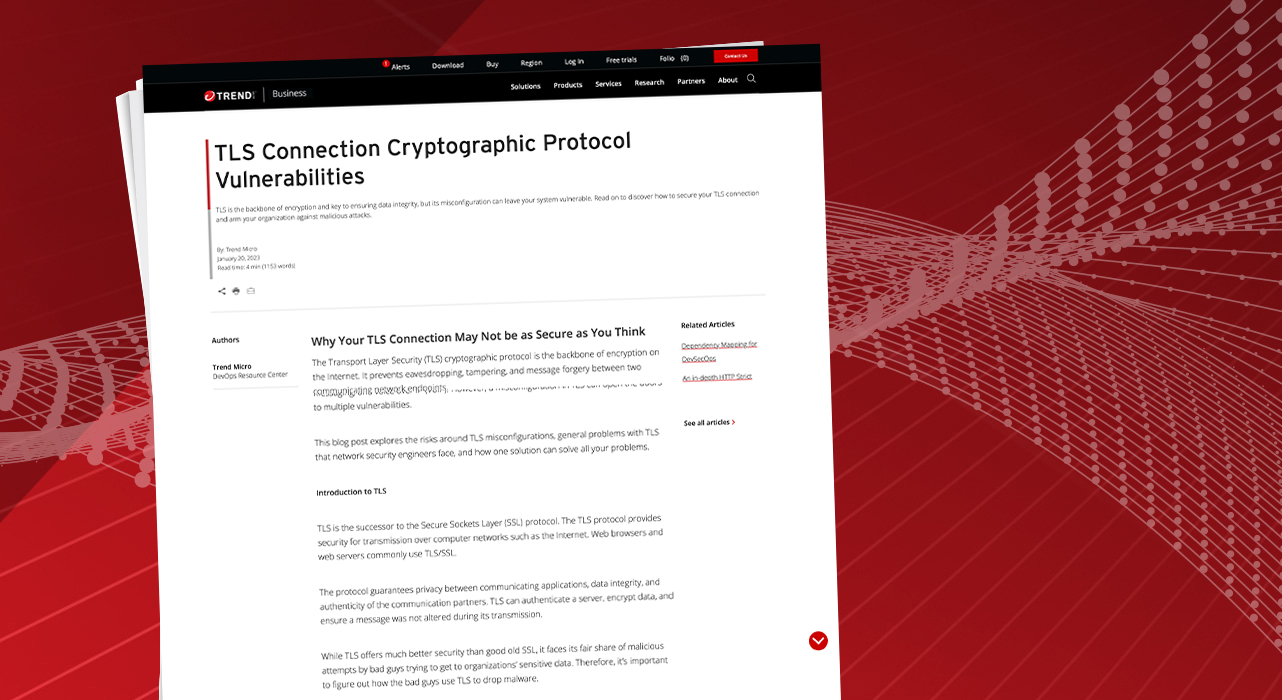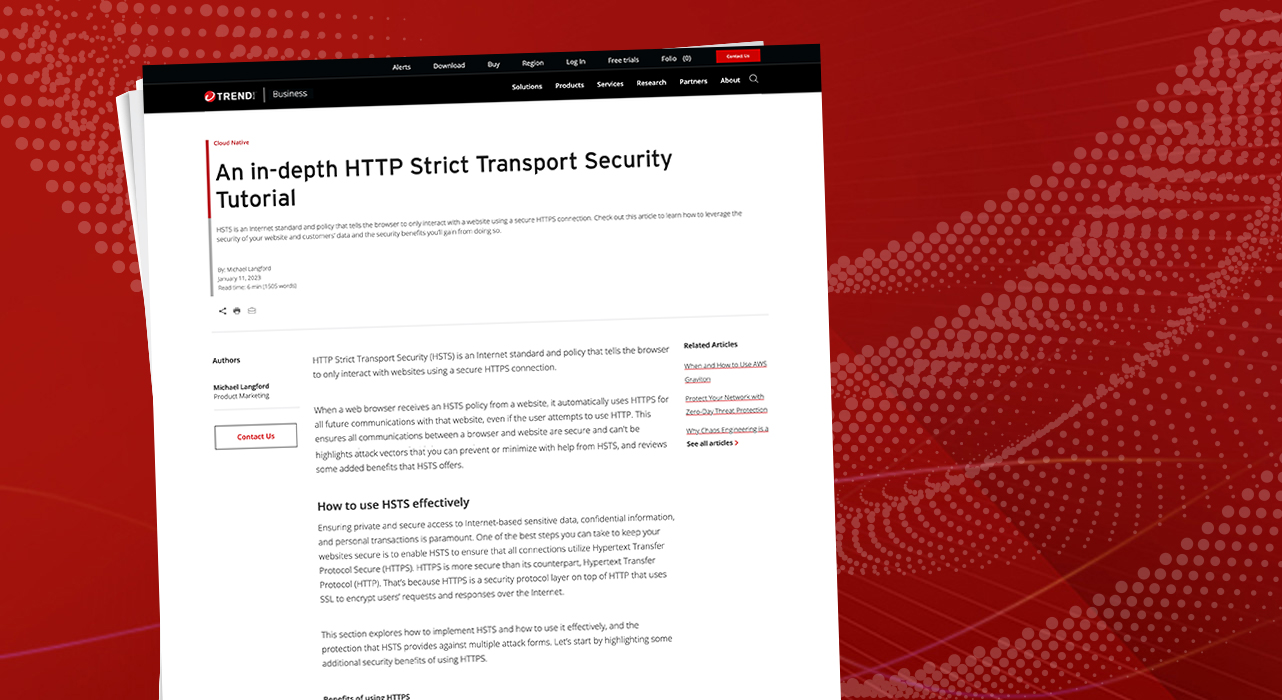Security Benefits of Enhanced Cloud Visibility
A platform also provides you with the flexibility to choose the protection you need, which aligns with the security by design approach. With a platform, you can choose the cloud (hybrid or multi), the environments (public, private, virtual), and the tools necessary to securely meet your organization’s objectives. Security teams may feel over-burdened, and DevOps teams can be resistant to integrating security into their processes, as it often slows them down—that’s where platform-driven automation comes…
Read More
